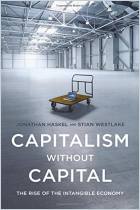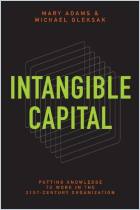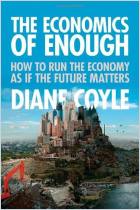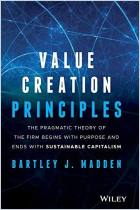
Capitalism Without Capital
The Rise of the Intangible Economy
Recommendation
For centuries, capital investment meant putting money into tangible assets – any physical object, from a horse to a computer. Today, the bulk of business investment involves intangibles such as knowledge, design, processes and branding, and not physical objects. Professor Jonathan Haskel and researcher Stian Westlake describe how intangible investments fundamentally differ from tangible assets and examine the influence of intangibles on major issues in modern economies. Because their writing can sometimes be unavoidably abstruse, Haskel and Westlake include helpful sidebars that explain basic economic concepts. getAbstract recommends their overview to venture capitalists, corporate executives, institutional investment managers, government policy makers, regulators and intellectual property specialists.
Summary
About the Authors
Jonathan Haskel is a professor of economics at Imperial College Business School in London. Stian Westlake is a senior fellow at Nesta, the United Kingdom’s national innovation foundation.















Comment on this summary